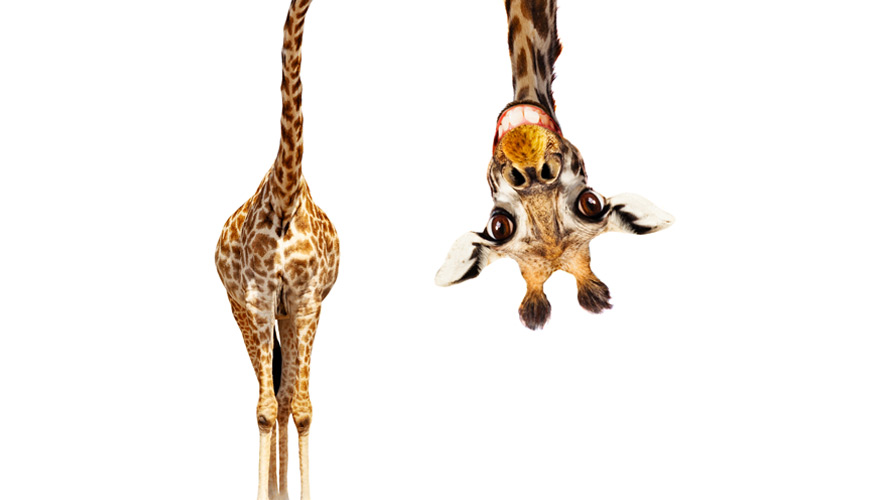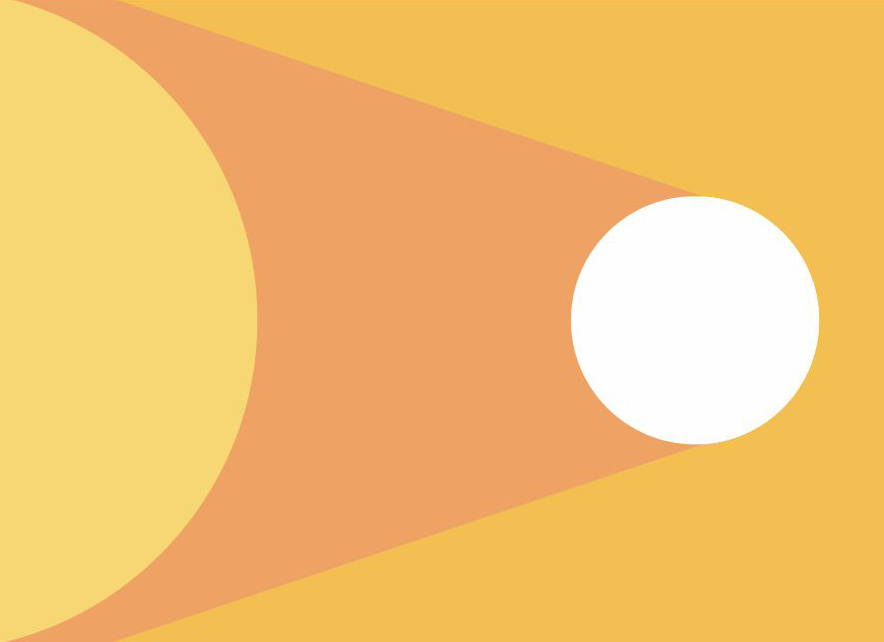Have you ever wondered who are the people within an agency that turn chaos into structure and make sure both creative teams and clients are happy after every project? Whether you are curious about working in or with the creative agencies, this is your chance to get an insight from a Creative Project Manager working in the award-winning global agency Havas.
On paper, every creative project seems straightforward. However, in practice, it’s rarely that straightforward. For one, life at a creative agency is always unpredictable and constantly changing. Working with various clients who all have different visions and demands, it quickly becomes clear that every project is an exception to the rule. This makes it virtually impossible to plan ahead or prioritize any project over another.
Secondly, creativity is often perceived as something that cannot be controlled or managed. Which makes the whole creative process and life at an agency somewhat chaotic. But is chaos a price every creative agency that wants to be successful has to pay? It certainly seems like it, especially in the light that structure is believed to kill creativity.
We don’t believe that any creative process and chaos are mutually inclusive. At least not to the full extent. Either way, chaos in the context of creative agencies might not be entirely negative. How can chaos, defined as “complete disorder and confusion,” ever be positive? A great explanation was offered by Jack Steel, who compared the creative chaos to a rush hour train station:
“Experienced commuters seem to dance between entries, exits, and platforms as trains come and go. It’s chaotic, yes, but everyone knows where they’re going, and they continually adjust to the fastest available way to get there.” – Jack Steel
The best takeaway would be that within the boundaries of structure, chaos can turn out to be positive. Which means that while agencies do have to be agile, they also have to find some discipline and structure to balance things out. But how do agencies find the best balance between creativity and structure? Who are the superstars within the agencies, who bring structure to any project; Who take care of the priorities and workflow, allowing the creative people to focus on developing killer ideas?
How did you end up in a creative agency and how long have you been there?
I was fascinated by the way the agency life looked like and decided to apply. It has been over five years now and even though it’s not always easy, the pros still overweight the cons.
What kind of skills do you need to be effective in your role?
You need a diverse set of skills. However, it is crucial to find the right balance between:
- Seeing the big picture
- Being a detailed planner
- Inspiring others in the team.
What are your biggest motivations at work?
Definitely seeing great ideas come to life and hearing the positive feedback from our clients.
“I see daily how the team does everything from the heart to produce the best work, and it’s such a great feeling to see when clients appreciate the outcome.”
How would you describe your average day? Can we even talk about an average day?
I could say that there’s an average morning because the first thing I do when starting the day is listing the priorities and making sure everyone is aware of the tasks for the day. However, the rest of the day is very much influenced by the nature of projects at hand and in many cases the need to “put out fires”.
Please describe your job: What do you do exactly?
Within Havas, it’s my job to make sure that every person in our team knows exactly what projects and tasks are in the pipeline, who is responsible for what, and what are the deadlines and priorities.
Also, every project is unique, but for the most part, I am handling the projects that involve creative concepts and material creation. It’s mainly up to me to make sure we have all the information from the client to produce best quality work while making sure that every client is involved and informed of the project at any step of the process. In other words, making sure the client doesn’t have to worry about the things we are responsible for.
What are some of the challenges you and your team face? How do you overcome them?
There are two key challenges for me:
- Making sure that the communication between the agency and the client is smooth and of the highest quality.
- Making sure that the communication within our team is healthy and well-organized.
Lately, one of the challenges has also been finding creative ways to use the limited budget resources. The expectation and willingness to do greater things in marketing is there from the client side; however, it doesn’t mean the budgets are limitless. My job is to find new ways and solutions to make sure the proposed ideas could be produced in high quality within any given budget.
Do you have a busy season? And how do you cope with a more hectic schedule?
Last few years it’s rather busy all-year-round. It does get more hectic when several brands launch new campaigns or projects at the same time. During these periods it’s definitely challenging to divide ourselves between different tasks while still making sure we produce high-quality creative work. That is why it’s even more crucial to have a clear overview of the priorities and to have transparency within the creative team. It is also essential to focus on one task at the hand instead of multitasking between several.
What are the most useful metrics and KPIs for measuring success?
When it comes to my personal KPIs, then it’s delivering projects on time and sustaining profitability.
For me, success is also measured by the happiness of the team and the clients.”
Have you automated certain daily tasks at work to make your day more productive? And do you use any tools to help you manage your job?
If someone would help me see how things could be done more productively, I would feel more confident trying to do things differently. Currently, different task management tools help me a lot. Unfortunately, they don’t help me with everything.
Do you have advice for anybody who wants to succeed in your field?
Being responsible for project management requires you to set the rules and processes that create a perfect environment for everyone to be creative. I really like the quote of one of the famous productivity coaches, David Allen:
“It’s hard to be fully creative without structure and constraint. Try to paint without a canvas. Creativity and freedom are two sides of the same coin. I like the best of both worlds. Want freedom? Get organized. Want to get organized? Get creative.”
– David Allen, author of “Getting Things Done”
Few things became clear after this interview. For one, creative agencies don’t operate in full chaos. Yes, the creative process and ever-changing landscape of advertising will always be accompanied by some level of chaos. However, this is only part of the process.
Also, there is still quite a lot of boundaries that creative agencies and teams are restricted by. As long as agencies work for the clients who don’t have an endless supply of money and time, there needs to be some structure. And creative project managers play a significant role in bringing structure to work.
Here are 4 key takeaways on how people responsible for the project management bring structure to the creative teams:
- Work Prioritization. It is necessary (especially during a busy season) to have a clear understanding of which projects are a priority at any given moment. Project managers have an overview of all the projects that are in the works and communicate this information to their teams.
- Productivity management. There’s a difference between being busy and being productive. What separates successful projects from all others is the way project managers can turn the busy into productive. Often the key is to work on one task at a time. Multitasking can seem like a great solution, but in most cases, it is not. Multitasking can damage our brains and quite mercilessly increase burnout rate. Focusing on one project at a time will improve productivity but also instantly limit chaos.
- Collaboration. Unless you are a freelancer, most projects are a collaboration between team members who all have their own set of skills and responsibilities. Making sure that all these people work together in an effective manner is a challenge that project managers have to deal with on a daily basis. A great solution is to have a centralized system with all the necessary project information. This way it’s easier to plan the team’s time wisely and have a clear overview of the entire project.
- Efficient project management. Ultimately, it all comes down to finding the most efficient way for your team to work on any creative project. And while project managers are invaluable to agencies, even they could benefit from a great project management tool. This will make their task easier but would also allow teams to have a better overview of their performance.
Interested in knowing more, call Ajit Puttnam at +91 7799000590 or write to him at [email protected]



